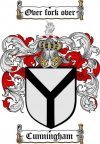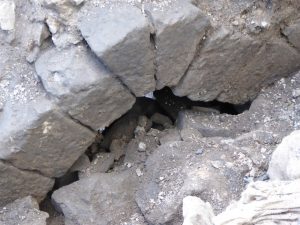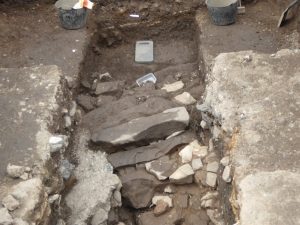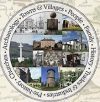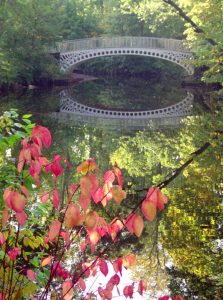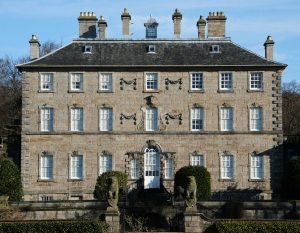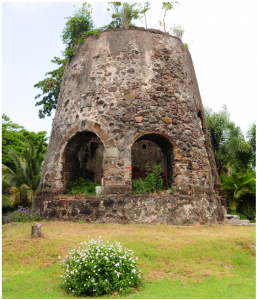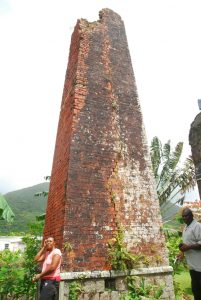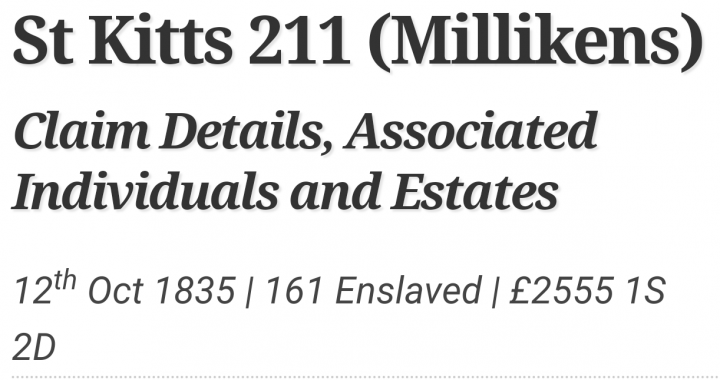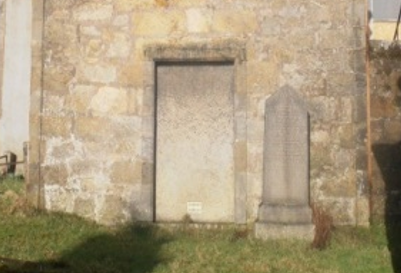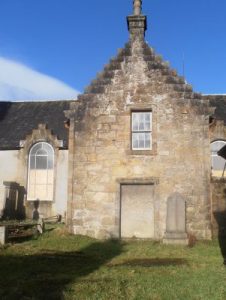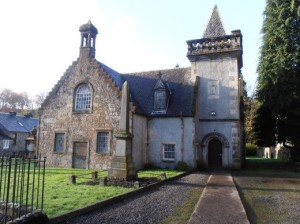John Cuninghame, 13th Laird of Craigends, inherited Craigends estate in 1792. In 1800 he married his second wife, Margaret, the daughter of Sir William Cuninghame-Fairlie of Robertland. John and Margaret had five sons and six daughters.
His memorial stone in the entrance tower of Kilbarchan old Parish Church extols his kindness, wisdom, sincerity and his trust in God. It also makes mention of a protracted and painful illness which he bore with fortitude.
Despite suffering from frequent debilitating bouts of gout and arthritis John led an active life. His diary, written from 1814 to December 1815, provides a detailed account of his life.
John was responsible for the running of Craigends estate. This involved the organisation of haymaking, harvest-time, sheep shearing, tree cutting and pruning vines, engaging the mole-catcher, attending cattle fairs in Johnstone. In the winter of 1814, when the dam at Locher Mill burst its banks, he contracted William White to inspect the dam and make repairs. He held a regular Rent Court where he collected rent from his estate tenants. He also had a substantial income from Granville Estate in Jamaica and lodged his West-India income in a bank in Paisley.
John was a Justice of the Peace and a Commissioner of Supply for the County. In this latter capacity he was responsible for ensuring local roads and tolls were in good order. He had also a keen interest in a surveying and new building. He visited the site for Napier’s new house on Milliken Estate and took his eldest son, Willie, to see George MacFarlane’s plans for his proposed new house at Clippens.
Religion was important to John, and the family regularly attended services in both Kilbarchan Church and Houston and Killellan Church. Margaret was especially friendly with Ann Monteith, the wife of the Houston minister.
John’s and Margaret’s social circle included the Napiers of Milliken, the Porterfields of Duchal, the Alexanders of Southbar, the Flemings of Barochan, the Napiers of Blackstoun and the Maxwells of Pollock. These family friends dined together, travelling from house to house by horse and chaise. On the 28th of November, 1815, soon after the marriage of William Milliken Napier to Elizabeth Stirling of Kippendavie, John was invited to meet the new bride. He found her “very agreeable tho’ not such a beauty as I had been led to believe she was”. The men enjoyed salmon fishing, shooting partridges and hunting with hounds. John hunted with his friends at Skiff in Johnstone, Kilmacolm, Barochan Mill, and Formakin Mill.
John had a close involvement in the home life of his children. He showed great concern when the children had chickenpox and promptly sent for doctor Pinkerton. He noted in his diary that Johnnie, aged ten, fell through the ceiling of the coal house, but thankfully was not badly hurt, and that Lillie fell off a chair and bruised her eye and cheek. On a visit to Paisley he took his daughter, Fanny, for a haircut. He also recorded each of the children’s birthdays and arranged a holiday for them in Largs. His elder boys were tutored by Mr. Robert Smith, until the 2nd of March, 1815 when he was ordained as minister of Lochwinnoch Parish Church.
Entries in this unique personal diary ended on 26th December 1815. John died in 1822 and his eldest son, William, at the age of twenty-one, became the next laird.
© 2020, Helen Calcluth
(See also previous article on John Cunninghame of Craigends (1759 – 1822)

